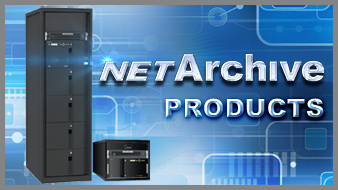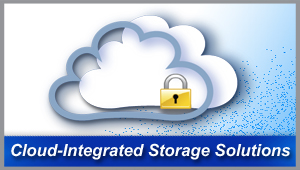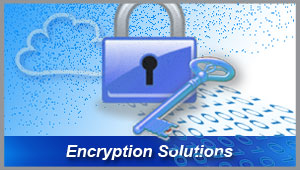Corporate Enterprise
Corporations and associated IT departments are confronted with the continuous challenge of adhering to regulatory requirements and managing growing volumes of data over extended periods.
Organizations are responsible to stakeholders and have a need to manage the risks associated with potential security and privacy concerns while maintaining compliance with regulations and industry mandates that carry steep fines levied for non-compliance. The tab below provides an overview of some of the regulations that impact corporate operations.
These challenges drive the implementation of data governance practices that protect data and proactively enforce record retention and deletion standards. Policies dictate the implementation of technology that secures and encrypts communications in order to prevent leaks of sensitive corporate data, intellectual property, and private customer/consumer information.
Legal issues are a growing burden within corporations, especially the larger ones. There is a great need to reduce the costs and risks associated with litigation including the related eDiscovery (or eDisclosure) and retention of electronically stored, or archived data. This necessitates a robust archiving system that is capable of efficient electronic discovery that can rapidly and randomly access and retrieve data.
Business continuity and disaster recovery are of utmost importance to corporations. Hurricanes, storms, floods, power outages, and earthquakes as well as man-made disasters can disrupt global availability of business data and disable business operations. Maintaining uninterrupted access to data is vital to on-going global commerce.
Industry organizations, such as ARMA International/ANSI and International Organization for Standardization (ISO), exist that provide guidance or standards for preparing corporate governance policies for information management, security compliance and IT. In some cases, these standards can be as regulatory as a law in that failure to comply could result in revocation of certifications.
IT departments are challenged to establish a regulatory compliant storage infrastructure that includes securely archived data with a solid business continuity plan capable of meeting industry demands. Systems must be capable of adapting to changing regulations, streamlining data management, monitoring and enforcing policies, and accessing data and records on a moment’s notice (immediately).
Solution Benefits
Preserving Data Unaltered – Alliance's solutions are based upon true Write-Once-Read-Many (WORM) optical technology. Encrypted data is written to optical media after which it becomes unalterable remaining intact for periods greater than 50 years.
Encryption – With this optional feature, data at-rest is encrypted with unique keys for each object using FIPS 140-2 compliant AES-256 encryption algorithm. Encryption adds another layer of security to your data enabling compliance with specific regulations and ensuring that all data remains confidential.
Email and Image Archiving – Partnering with industry-leaders, Alliance's solutions integrate with third-party software applications that manage and sort email and images according to the internal policy guidelines established within that application. The images and email are then stored efficiently and securely on Alliance's NAS optical libraries that fit directly into the existing storage network. Note that a Direct Attached library can be used however, it will require a third-party software application.
Scalable/Expandable Archiving – Expandable optical disk archive systems are based upon high-capacity media magazines and scalable robotic libraries. As data storage requirements increase, libraries can be easily expanded within the same footprint offering investment protection through capacity expansions and future-proof system upgrades.
Low Total Cost of Ownership - After the data is permanently written on the media, it no longer requires a constant power source to maintain the data. This greatly reduces costs associated with storing archived data for the required lifespan. Additionally, the removable media offers an affordable disaster recovery solution. Systems reduce overhead and operating costs by: minimizing the cost and frequency of data migrations through extended media life, removing static data from expensive primary and backup systems freeing up valuable resources, and lowering power, cooling and maintenance costs. Systems scale incrementally as data archiving needs expand.



